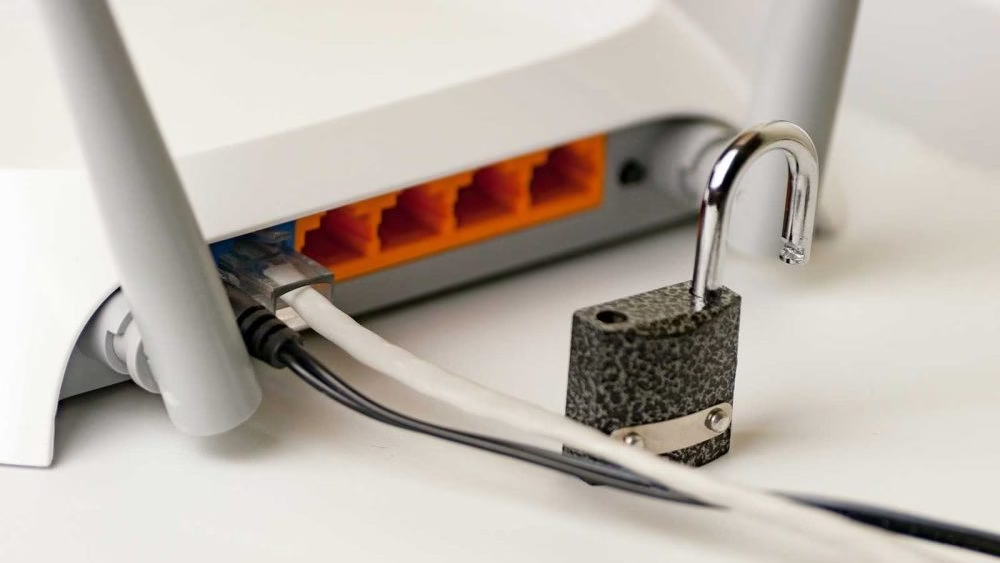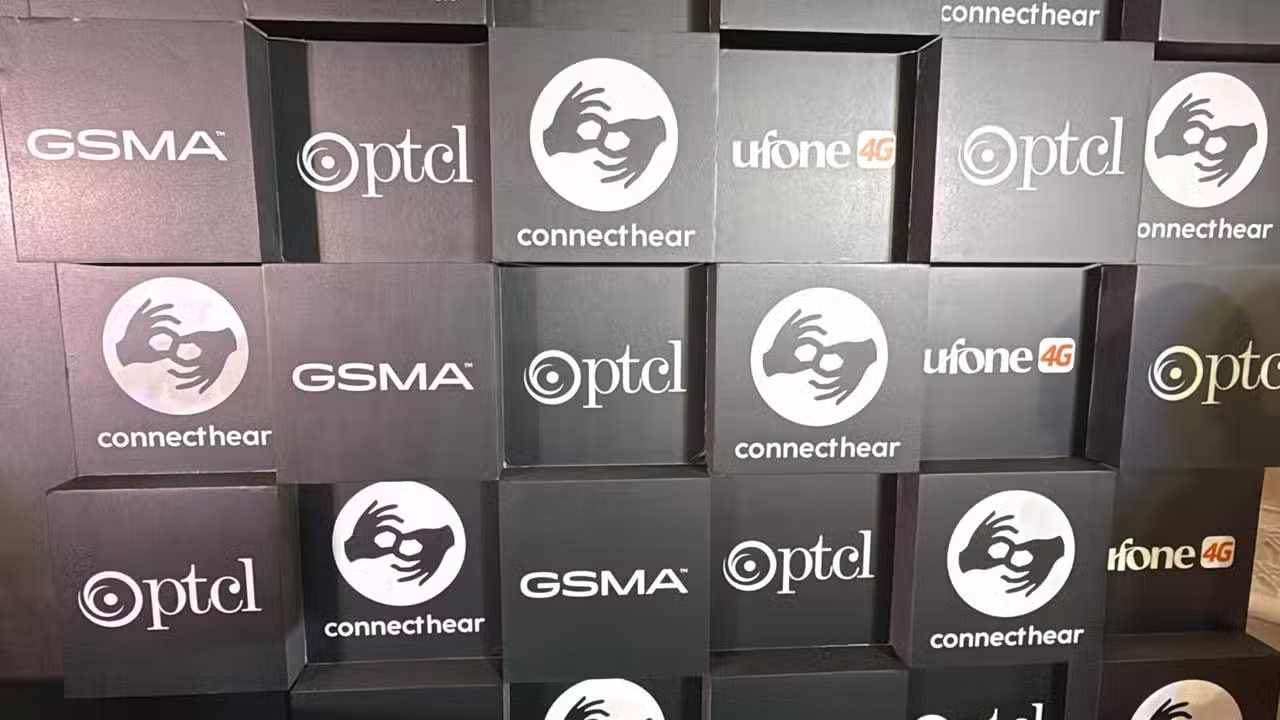The latest advisory from the National Computer Emergency Response Team has raised serious concerns about TP-Link Omada vulnerabilities, warning that several critical security flaws in Omada Gateway devices could allow hackers to take full control of business networks. These weaknesses threaten data security, network stability, and the integrity of enterprise systems used by organizations across various sectors.
Critical Security Flaws Identified in TP-Link Omada Devices
According to the recent security alert, a set of severe TP-Link Omada vulnerabilities—tracked as CVE-2025-6541, CVE-2025-6542, CVE-2025-7850, and CVE-2025-7851—have been discovered in multiple Omada Gateway models. These vulnerabilities allow attackers to remotely run malicious code, obtain root-level access, and alter critical configuration settings without authorization.
Researchers warn that these flaws are particularly dangerous because they can be exploited remotely with minimal effort. In many cases, hackers do not even require user interaction to compromise the devices. Once exploited, the attacker can take complete control of the device, move laterally inside the organization’s internal network, steal sensitive data, and deploy malware for long-term persistence.
Devices Affected by the Vulnerabilities
The TP-Link Omada vulnerabilities impact several widely used models, including:
- ER8411
- ER707-M2
- ER605
- ER706W
- And additional models running outdated or unpatched firmware
These devices are commonly deployed in offices, educational institutions, retail networks, and enterprise-level infrastructures. Because Omada Gateway devices often manage entire networks, a single compromise could expose dozens—or even hundreds—of connected systems.
Severity Ratings Indicate Serious Threat
Cybersecurity experts have rated these TP-Link Omada vulnerabilities between 8.6 and 9.8 on the CVSS severity scale, placing them in the high to critical category. This indicates that exploitation is not only possible, but likely, especially for devices with publicly exposed management interfaces.
Hackers often scan the internet for unpatched systems, making vulnerable Omada devices easy targets. Once inside the system, attackers can alter network routing, create hidden access points, intercept traffic, and use the compromised network to launch further attacks.
Why These Vulnerabilities Matter for Businesses
The impact of the TP-Link Omada vulnerabilities extends beyond technical disruption. Businesses relying on these gateways could face data theft, service outages, financial losses, and reputational damage. For small businesses with limited IT resources, a successful attack could lead to extended downtime and significant recovery costs.
Enterprises that depend on Omada devices for centralized management are particularly at risk, as attackers who gain administrative privileges can maintain long-term, undetected access.
National CERT Issues Urgent Security Recommendations
In response to the growing threat, National CERT has urged all organizations to take immediate action. The team emphasized that the latest firmware updates for Omada devices—released in October 2025—are essential for fixing the TP-Link Omada vulnerabilities.
Administrators who are unable to install the updates immediately are advised to implement the following temporary protections:
Disable Web Management Interfaces
Publicly accessible interfaces are the easiest targets for attackers. Disabling them reduces exposure significantly.
Restrict Access to Trusted IPs
Limiting management access to known IP ranges adds an additional layer of security.
Segment the Network
Separating critical systems from user-level networks helps contain potential breaches.
Block External Access to Management Ports
Closing unused or vulnerable ports makes remote exploitation more difficult.
In addition, National CERT strongly recommends enabling multi-factor authentication (MFA), using intrusion detection systems (IDS), and monitoring for suspicious login attempts or command executions.
Active Cyberattacks Already Underway
One of the most concerning details in the advisory is that real-world attacks have already begun targeting unpatched Omada devices. Cybercriminals are taking advantage of organizations that have not yet secured their systems against the TP-Link Omada vulnerabilities.
Because the vulnerabilities allow attackers to maintain persistent access, even organizations that update later may still be at risk if a breach occurred before the patch was applied. Continuous monitoring and thorough security checks are essential.
The discovery of these TP-Link Omada vulnerabilities highlights the urgent need for organizations to prioritize cybersecurity and keep network equipment up to date. With attackers actively scanning for and exploiting unpatched systems, immediate action is vital to protect sensitive data and maintain secure network operations. Businesses that rely on Omada Gateway devices must patch their systems promptly, audit their network security, and adopt robust monitoring practices to defend against emerging threats.



